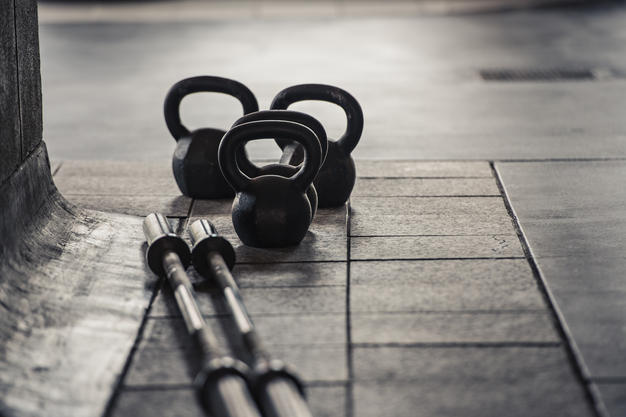I’ve found myself talking about this quite a bit recently. Should your workouts have lots of different moves each session / week or do you focus on skill and technique acquisition. There is certainly a difference between what is best for the human body and what our brains like. We are in a period within the fitness industry where everyone seems to want to innovate, find the best new move and slap some science words like metabolic stress or EPOC onto it. So it gets a little confusing to know what really is the “best” exercise variation to do.
In truth it really depends on what the training goal is to how much variation you really need.

STRENGTH
If you are training to increase strength you don’t really need much, the aim is to become proficient at the primary lift, be it a squat, hinge or upper body push or pull variation. Personally I program these lifts for 8-12 weeks with a reduced load (or d-load) week around week 4 or 5. Then the accessory work is where I would get the variation from and I generally swap the accessory moves at week 4, unless I feel the accessory lift is really helping then I might keep it for the entirety of the strength training block.
An example of this could be on your squat day, where you are using a high bar position back squat but you know your ankle mobility needs improving i might put a split squat with pauses at end range of ankle flexion plus an additional calf mobility exercise. The squat would stay the same for the whole block whilst i swap out the split squat to a goblet squat with pauses at the bottom and alter my ankle mobility exercise. Its worth noting that the lower body is generally a bit more dumb and can continue to show progression in strength without much variation. The upper body sometimes needs a little more stimulus but i wouldn’t swap it until i feel i wasn’t seeing progress.
MUSCLE MASS
For increases in muscle mass your focus is generally going to be progressive overload using primarily volume. To make sure you know you are progressing i would suggest keeping the big exercises in your routine the same for 4-5 weeks. Constantly varying these workouts makes it hard to know if you are achieving this progressive overload. What i would certainly start to vary would be any high volume isolation work at the end of the sessions using AMRAP sets or blood flow methods like FST-7.
CONDITIONING
That brings us to conditioning sessions using weight training rather than cardio kit. This is where the majority of the variation will come into play. As you are looking to get more of a peripheral heart rate session going. Paring lower body movement with upper body movements to keep the metabolic stress out of one body part and the training with high intensity. Where i would still suggest that variation probably isn’t going to help is where you are not skilled at the moment in question. If you haven’t spent the time mastering a kettlebell swing prior to doing your conditioning, it isn’t going to be a good choice in movements as its hard to work this exercise at high intensity if you are battling the technique the whole time. So your exercise selection can be varied but within the realm or your skill set.
Don’t fall into the trap of seeing some new exciting move and thinking that is the key to your success. Mastering technique and getting stronger at the basic lifts should always be at the forefront of your training.



